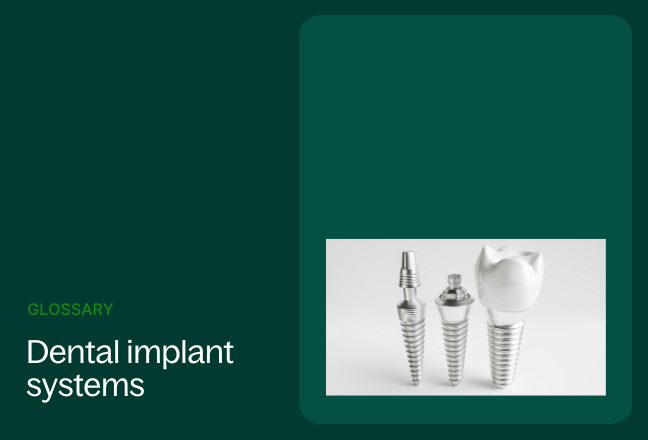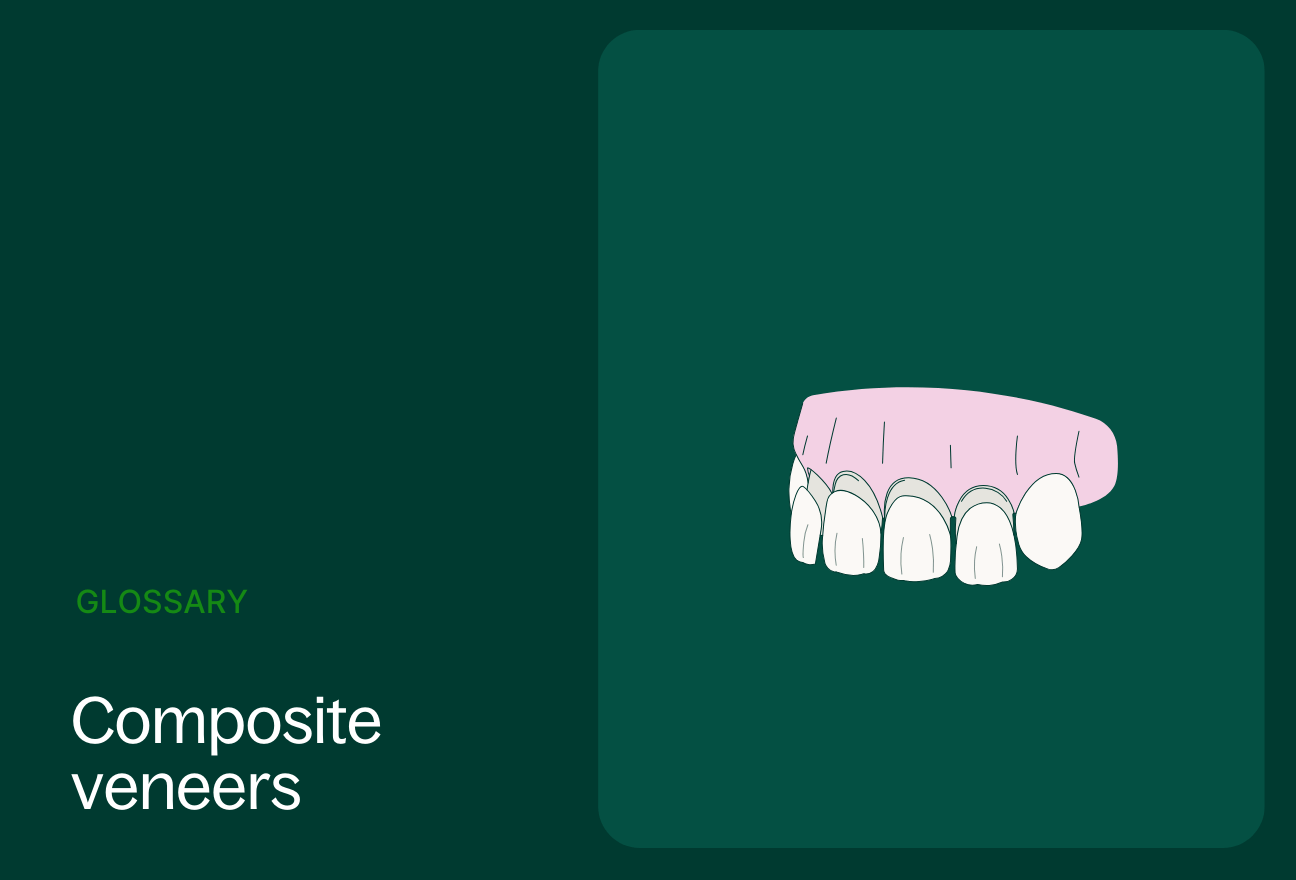What is VDO?
VDO or vertical dimension of occlusion (also known as occlusal vertical dimension or OVD) is the measurement of the vertical distance between the maxilla and mandible during maximum intercuspation. It is a key factor in designing many dental products, especially dentures and overdentures. There is no objectively correct VDO, rather, it is relative to the individual.
A suboptimal or distorted vertical dimension of occlusion (due to tissue loss, improper denture fit, congenital malformation, etc.) will result in not only an odd aesthetic but discomfort; difficulty chewing, speaking, and smiling, or any combination thereof. This erodes the sufferer’s quality of life, and may potentially lead to temporomandibular disorders.
What determines the dental VDO?
Visually, VDO registers as the relationship between the position of a patient’s nose, lips, and chin. But, underlying this superficial presentation, VDO is determined by various interrelated factors:
- Tooth size, shape, wear, and occlusion
- Natural VDR (vertical dimension of rest)
- Alveolar bone structure and health
- Neuromuscular reflex and function (i.e. chewing and swallowing)
- Speech and phonetics
- Patient comfort
- Necessity for accommodation of appliances/prosthetics (e.g. dentures, nocturnal bruxism mouthguards, mandibular advancement appliances, etc.)
Many (but not all) of these factors can and will be assessed during a comprehensive examination that includes bite registration and patient history.
Methods of recording vertical dimension of occlusion
When recording VDO, you, the dental professional have several methods to choose from. There is no single “correct” method of measuring vertical dimension of occlusion.
Here are a few methods:
Freeway space – Freeway space technique (the distance between maxillary and mandibular teeth in the mandibular postural position–prototypically between 2mm to 4mm) is appropriate for edentulous patients and is used almost exclusively for mounting models and setting teeth for denture try-ins. Freeway space is derived using various techniques (i.e. having the patient say “M” or “Emma;” lick their lips, swallow, and relax) during which the distance between two fixed, vertically-aligned points on the face and mandible are recorded. Later, during the try-in phase, patients are assessed for proper phonetics and aesthetics, allowing practitioners to finalize a VDO.
Lateral profile photography – Using a lateral photograph of a patient’s head during occlusion, a measurement is taken recording the relationship between four key maxillofacial landmarks. Using these landmarks, VDO can be mathematically derived.
Face-bow and articulator – A face-bow is used to register the relationship of the patient’s maxillary dental arch to the Frankfort horizontal plane or hinge axis-orbital plane. This measurement provides reference for the articulator, into which plaster dental models are fitted allowing dentists to measure an acceptable VDO range.
Trial splint or appliance – The patient is asked to use an appliance with an adjusted VDO to determine if, over time, the new VDO can be tolerated comfortably.
Transcutaneous Electrical Neural Stimulation (TENS) – Electrodes apply a mild electrical current over the coronoid notch, stimulating the contraction of mastication muscles through cranial nerves. Electromyographic recordings of the temporalis, masseter, and digastric muscles, along with jaw-tracking, are used to assess the mandible’s position relative to the maxilla. Neuromuscular rest is achieved by relaxing the mastication muscles. The relationship between neuromuscular rest and freeway space is used to determine VDO.
Facial proportion – This method for determining vertical dimension aims to correct facial balance by adjusting the length of the lower face to match the midface based primarily on aesthetic considerations. While suitable for orthognathic surgeons, it poses challenges for orthodontists or restorative dentists due to difficulties in making significant vertical changes that impact facial proportion while maintaining correct occlusal relationships. Additionally, attempts to alter vertical dimension may significantly affect overjet, making it challenging to achieve proper anterior occlusal contact.
Cephalometry – Using X-ray images, various anatomical landmarks are identified. The relationship between these points is analyzed and compared. Analysis of this information in conjunction with an assessment of the patient’s comfort and needs is used to determine a likely VDO.
Keep in mind: Some methods of recording vertical dimension occlusion may be more or less appropriate depending on the patient’s dental/medical history (i.e. dentulous vs. edentulous patients) and the purpose of the measurement (i.e. fitting for immediate dentures vs. setting a baseline). The most advisable approach would be to assess the patient’s needs and utilize the appropriate method accordingly.
What happens if VDO is recorded incorrectly?
Although it has no single, objectively “correct” measurement, imprecise recording can have significant consequences when it comes to VDO. Dental professionals who fail to account for a patient’s highly specific physiology and/or needs may fail to record a correct VDO. As a result, in addition to sunk cost of time and money associated with adjusting or entirely remaking dentures, just a few millimeters’ distortion from optimal VDO can cause discomfort if not health risks. The problems associated with incorrectly recorded VDO are distinct depending on whether the dimension has been increased or decreased.
Some of the potential consequences of an improper vertical dimension occlusion are as follows:
Increased VDO
- Joint and muscle pain
- Occlusal issues
- Speech issues
- Difficulty eating
- Aesthetic disfiguration
- Increased tooth sensitivity
- Increased susceptibility to damage
- Pathologic bone resorption
Decreased VDO
- Angular cheilitis
- Speech issues
- Aesthetic disfiguration
- Increased susceptibility to damage
- Temporomandibular disorders
Is changing a patient’s VDO clinically acceptable?
“Changing a patient’s VDO is clinically acceptable,” says Chad Van Maele, a highly experienced laboratory technician specializing in denture fabrication at Dandy. Van Maele says that in cases related to dentures, changing VDO is, “more than acceptable—it is often necessary to get your patient into a proper restoration.”
Changing a patient’s vertical dimension of occlusion may be indicated for several reasons: to enhance aesthetics, make space for restoration, and to improve overall occlusal relationships. In cases where VDO may be changed, it is crucial that the dentist consider
- Effects on speech
- Anticipated muscle pain
- Changes in bite force
- Impact on temporomandibular joint or tooth loading
- Stability
Van Maele has witnessed the positive results of proper VDO adjustment, saying that patients “would hold up that mirror and smile again and, for the first time in a long time, they can actually see their smile… you can definitely see their self-confidence come back… not only are they no longer in pain, but they can also speak and smile without being embarrassed.” Achieving optimal vertical dimension of occlusion, he says, “is definitely life-changing on many levels.”
It bears stating that unintentional changes to VDO are not clinically acceptable. Dentists who prescribe appliances indicated for bite, bruxism, or respiration correction should take great care over the course of treatment to track their patient’s VDO. You are obliged to preserve a healthy patient’s natural vertical dimension of occlusion.
VDO in dentistry: The ticket to better patient education and case acceptance
Proper VDO combined with a state-of-the-art intraoral scanner and digital impressions greatly aid the perfect outcome for you and your patients. The greatest tool for case acceptance is showing someone how their smile can look, and proper VDO doesn’t just realign teeth, it can reset a person’s whole visage. Seeing is believing. The new smile starts right there.
Beyond visualization capabilities, VDO gives data that guides skilled lab technicians to ensure they are delivering the best-fitting mandibular advancement devices, TMJ pain relief appliances, and/or confidence-enhancing dentures.










